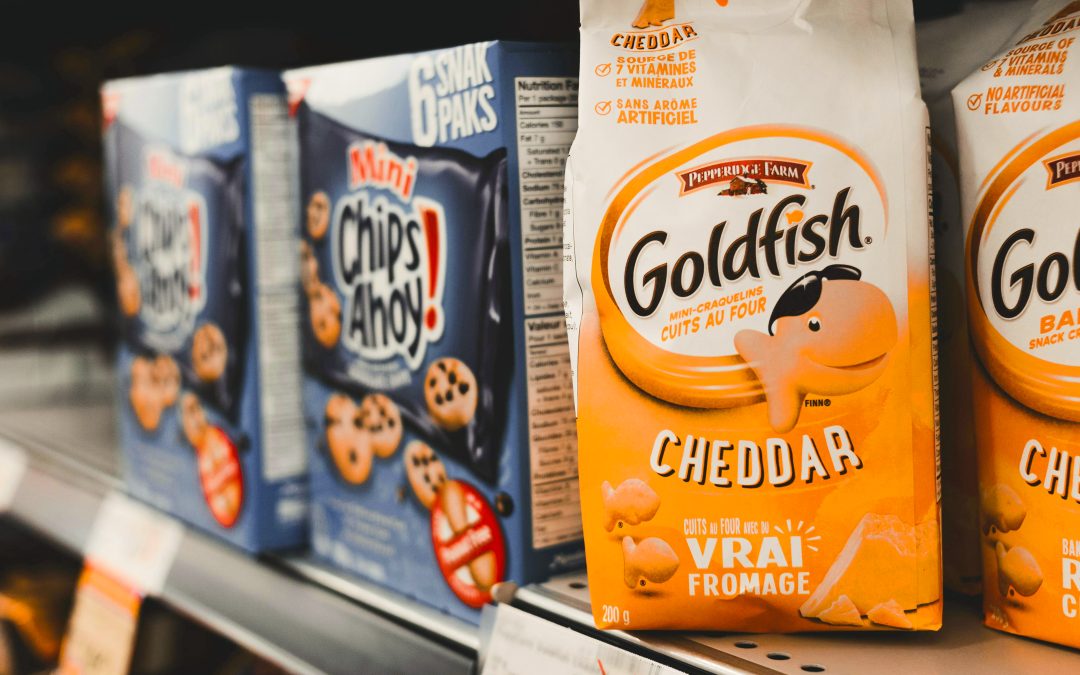Grocery shopping can feel like a chore, but knowing how stores price their products can actually save you time, money, and stress. If you’re juggling a busy schedule and trying to stick to a budget, these insider tips will help you shop smarter and make the most of your trips to the store.
1. Those “Too-Good-To-Be-True” Deals Have a Catch
Ever seen milk or eggs on sale and thought you scored a steal? Stores use these “loss leaders” to get you in the door, hoping you’ll buy other full-price items while you’re there. Stick to your list to make sure you’re saving money, not spending more than you planned.
2. The Secret Psychology of Price Tags
Price tags ending in .99 or .97 make you feel like you’re getting a bargain, but don’t let that trick you. Bold “sale” signs and flashy colors are designed to grab your attention, even if the discount is tiny. Always check the unit price to see if you’re really getting a good deal.
3. Where You Look Matters
Products placed right at eye level are almost always the priciest. Brands pay extra to get their products in that prime spot. Look a little higher or lower on the shelf—you’ll often find more affordable options that are just as good.
4. Timing Is Everything
Seasonal produce and holiday items go on sale at predictable times. Summer berries and fall squash are cheaper in their peak seasons, and post-holiday sales are goldmines for things like baking supplies and fancy chocolates. Plan ahead and stock up while prices are low.
5. Bigger Isn’t Always Better
Buying in bulk sounds like a smart move, but it’s not always the cheapest option. Sometimes smaller sizes have a lower unit price, and you won’t risk wasting food you can’t use before it expires. Double-check the math before you grab that jumbo pack.
By keeping these tips in mind, you can stretch your budget further without feeling like you’re cutting corners. Grocery shopping doesn’t have to be stressful—just a little planning and awareness can make all the difference!
